which options do I need
andrelaplume2
17 years ago
Related Stories
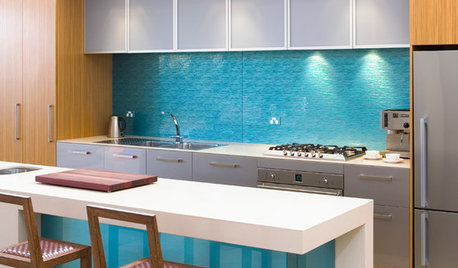
KITCHEN DESIGNHouzz Quiz: Which Kitchen Backsplash Material Is Right for You?
With so many options available, see if we can help you narrow down the selection
Full Story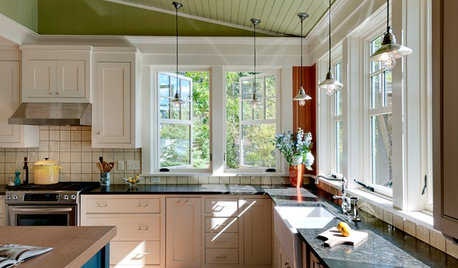
REMODELING GUIDESWhich Window for Your World?
The view and fresh air from your windows make a huge impact on the experience of being in your house
Full Story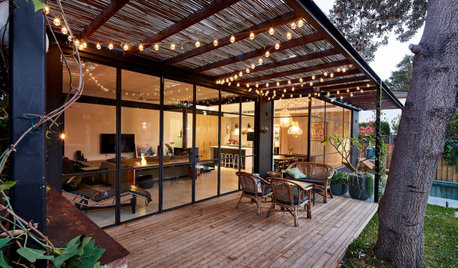
LANDSCAPE DESIGNWhich Pergola Is Right for You?
A covered pergola can increase the time you spend in your outdoor living space. Which covering should you choose?
Full Story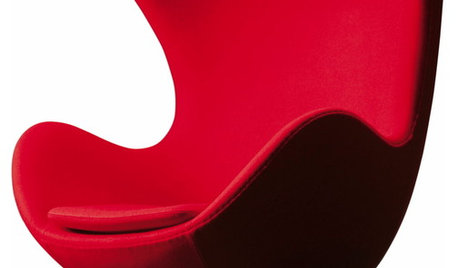
FUN HOUZZHouzz Quiz: Which Midcentury Modern Chair Are You?
Have a seat for a little fun. Better yet, have a seat that has you written all over it
Full Story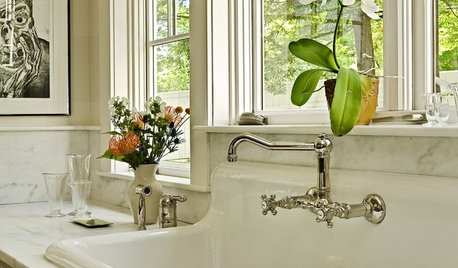
KITCHEN SINKSWhich Faucet Goes With a Farmhouse Sink?
A variety of faucet styles work with the classic farmhouse sink. Here’s how to find the right one for your kitchen
Full Story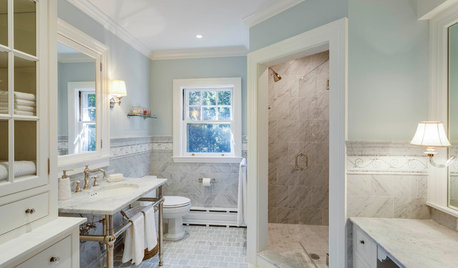
BATHROOM DESIGNWhich Bathroom Vanity Will Work for You?
Vanities can be smart centerpieces and offer tons of storage. See which design would best suit your bathroom
Full Story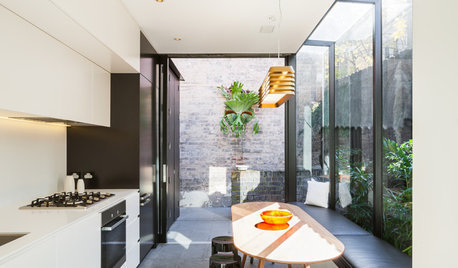
FURNITUREWhich Dining Table Shape Should You Choose?
Rectangular, oval, round or square: Here are ways to choose your dining table shape (or make the most of the one you already have)
Full Story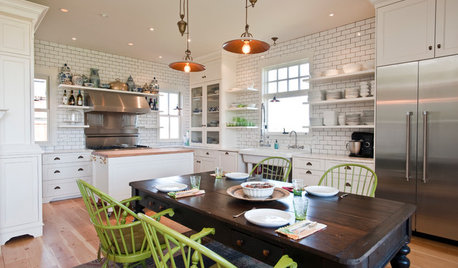
KITCHEN ISLANDSWhich Is for You — Kitchen Table or Island?
Learn about size, storage, lighting and other details to choose the right table for your kitchen and your lifestyle
Full Story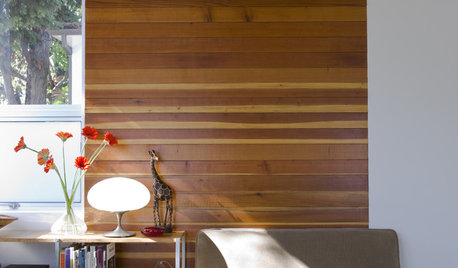
DECORATING GUIDESWhich Wallcovering Is Right for You?
Transform a Space With a Wall of Wood, Paper, Fabric, Maps and More
Full Story
LANDSCAPE DESIGNGarden Overhaul: Which Plants Should Stay, Which Should Go?
Learning how to inventory your plants is the first step in dealing with an overgrown landscape
Full Story


funnycide
davefr
Related Discussions
Which pine bark do I need?
Q
help with backsplash/countertop- 2 options - which do you prefer?
Q
Which options do I have when modifying a shear wall?
Q
Which fabric looks better; or do I need to repaint:(
Q
andrelaplume2Original Author
andrelaplume2Original Author
jrdwyer
jrdwyer
garyg
tigerdunes
andrelaplume2Original Author
andrelaplume2Original Author
bob_brown
andrelaplume2Original Author
tigerdunes
jrdwyer
airsome
andrelaplume2Original Author
airsome
andrelaplume2Original Author
tigerdunes
airsome
andrelaplume2Original Author
andrelaplume2Original Author
tigerdunes